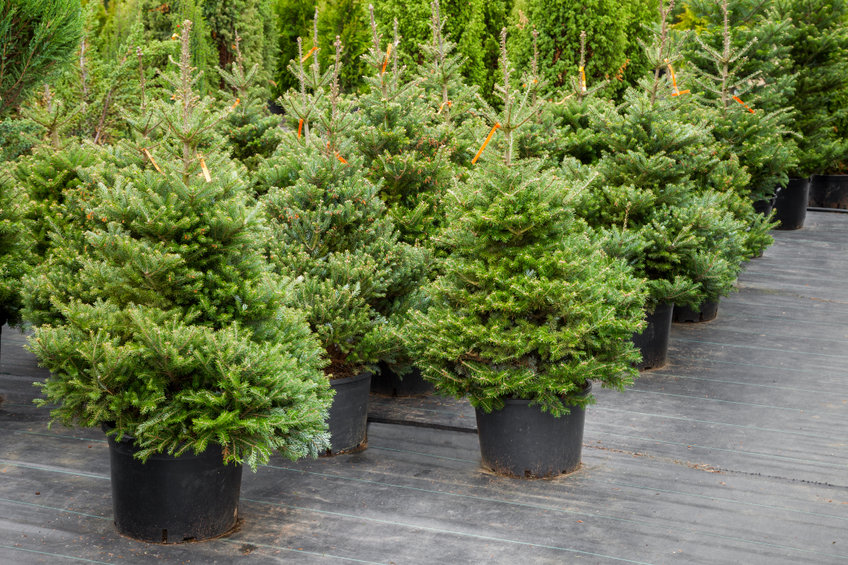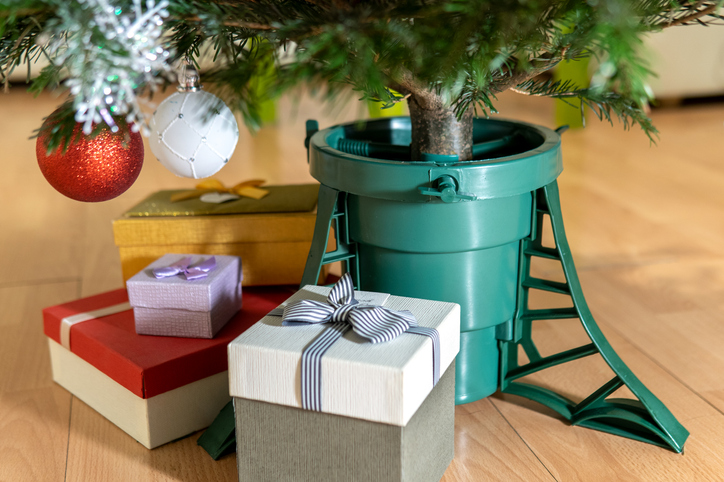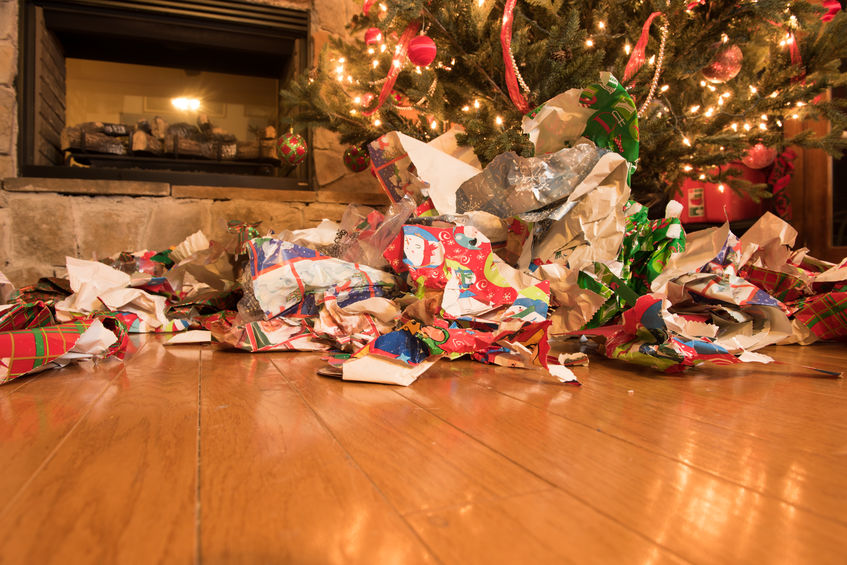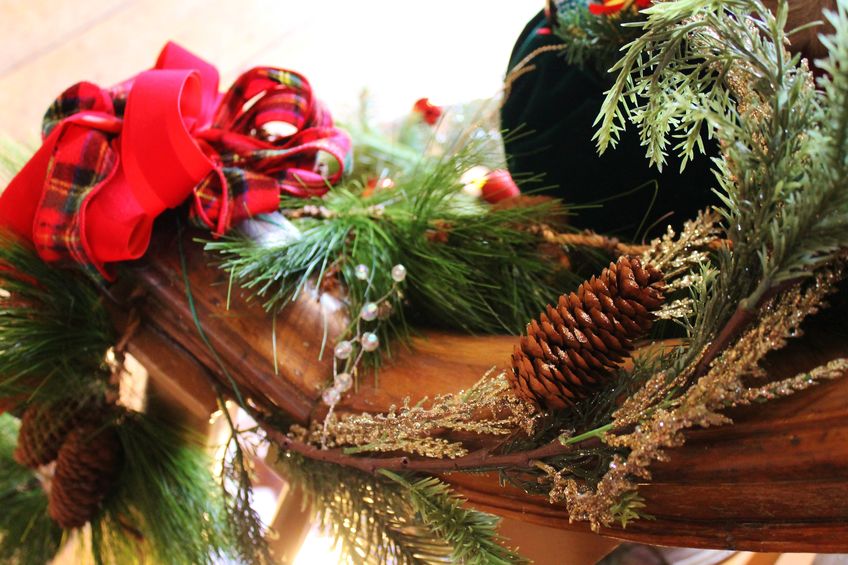Living Christmas Tree Tips
For Choosing A Tree
Living Christmas tree tips for choosing a tree. Every year, you buy a Christmas tree, bring it home for a few weeks, and then leave it on the sidewalk for the recycling truck. It seems like a waste, doesn't it?
Consider buying a living Christmas tree this year instead of a cut one. A living Christmas tree is a bit more work, but it does have its pluses: it's not as messy because it won't have as much needle drop.
You may, however, have to make some compromises on size. For example, if you want a 12-foot tree, go for a cut one because root balls on tall trees are prohibitively large. If you're determined, however, you can make it work with these living Christmas tree tips.
Living Christmas Tree Tips For Choosing a Tree
Most living trees are white pines, spruces, and fir. What you can buy at your local nursery will be best suited for the growing conditions where you live.
The main difference between a living Christmas tree and a cut tree is that living trees have root balls. Big, heavy root balls. You'll notice this when you lug it into the living room. These root balls are also an important indicator of tree health. Here's what to look for:
- Big root ball: A four-foot-tall living Christmas tree should have a root ball at least 18 inches in diameter, preferably larger. The ratio should be 9 inches of root ball for every inch in diameter of the trunk at the base.
- Secure root ball: Ensure the root ball is firmly attached to the tree trunk and doesn't wobble.
- Few loose needles: Slide your hand over a branch. If you end up with a handful of needles, the root ball will not be kept moist, and the tree will not be fresh. Needles should bend, not break.
- Living branch buds: Look at the tips of the branches. Trees are sheared or pruned yearly to give them their Christmas tree shape. If there are no buds at the end of the tips, that means this tree was sheared too late, and it won't grow next year.
Living Christmas Tree Tips For Longevity
Most trees go dormant in the winter, and Christmas trees are no exception. If you keep a living tree indoors too long, you risk waking it up.
Prolonged warmth might make it think spring is near, and it will begin putting out tender new growth. This is a recipe for disaster if you plan to plant it out in the cold, icy yard. For a healthier tree:
- Limit time inside: Many growers advise keeping living trees indoors for three to five days at most. If that seems too brief for your family, at least limit its stay to one to two weeks.
- Water daily: The living tree will be in a bucket instead of a tree stand. It may need as much as a gallon of water daily because it will lose a lot of water through transpiration in the warm, dry house. Mist daily.
- Choose a cool spot: Place the tree in a cool area away from sunny windows, flaming fireplaces, and heat vents.
Living Christmas Tree Tips For Preparing the Yard
f you plan to plant the tree in your garden after the holidays, find out how tall and wide that species grows. Unless it's a dwarf species, you probably won't want to put it against your house.
Find a place where it will not block views or cause icy spots on sidewalks. You'll have to live with your decision for a long time.
Prepare a spot for the tree as soon as you bring it home. If you live in a cold area, dig the hole before the ground freezes. (Get more tips for transplanting plants here.)
One common error is planting trees too deep. Dig the hole only as deep as the root ball but three to four times as wide.
To help your tree transplant better, store the soil from the hole in your garage or shed to keep it warm. Line the hole with straw.
Living Christmas Tree Tips For Planting
Living trees cannot go straight from a warm room to a frigid garden. To acclimate to cooler temperatures, store the tree in a cool shed or garage for two or three weeks. Then, continue to water it daily.
Then, transfer the tree to the pre-dug hole. Remove the burlap and plant the tree so that the warmed soil (from the shed, remember?) comes to the bottom of the trunk—thoroughly water lukewarm water.
Then, transfer the tree to the pre-dug hole. Remove the burlap and plant the tree so that the warmed soil (from the shed, remember?) comes to the bottom of the trunk—thoroughly water lukewarm water.
- Clean Home
- Backyard & Garden
- Living Christmas Tree Tips









